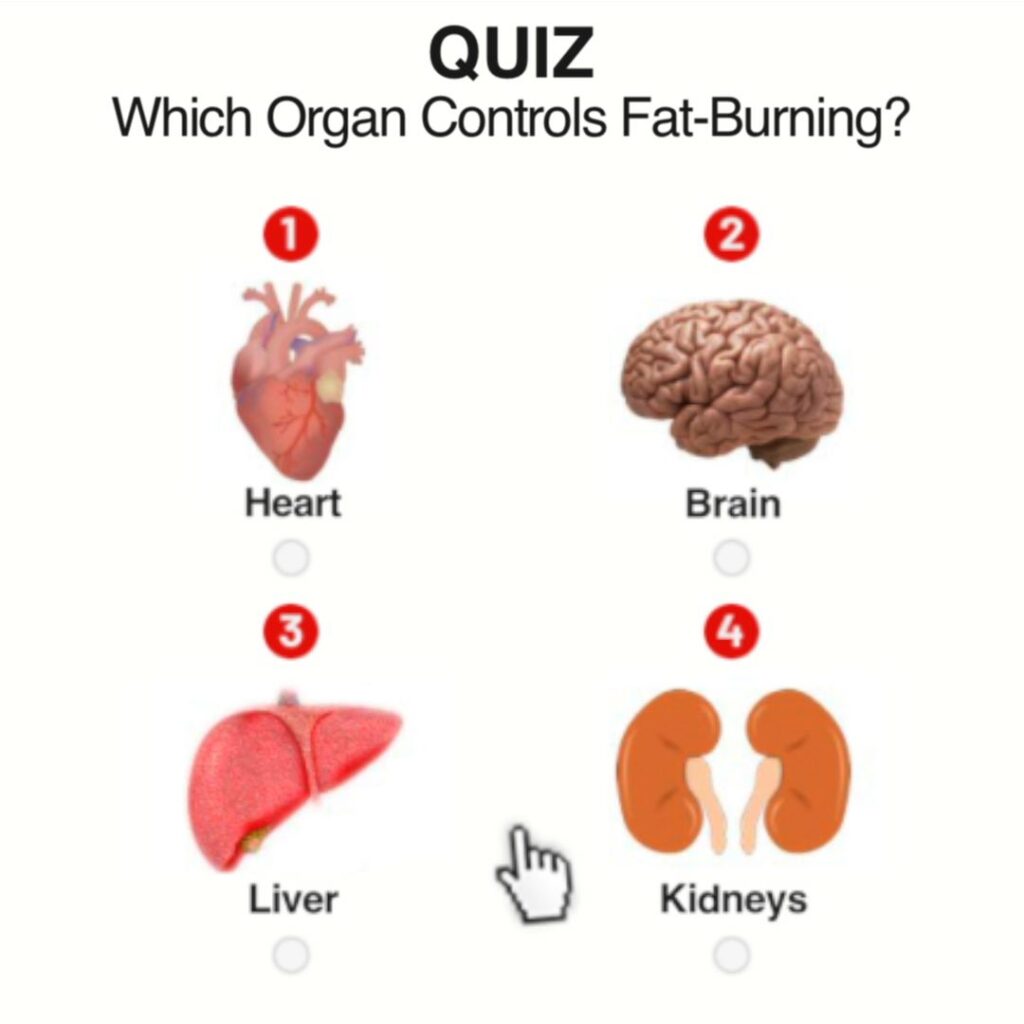NEW YORK (Reuters Health) – Adopting healthier behaviors after a diabetes diagnosis may do as much as medication to prevent heart problems, according to a new study from the UK.
People newly-diagnosed with type 2 diabetes were four times more likely to have a heart attack, stroke or other cardiac “event” if they changed nothing about their habits compared to people who adopted three or four healthier behaviors, like cutting out alcohol and getting regular exercise.
“We wanted to produce information that would be useful for patients and practitioners and could contribute to the advice that patients are given after they have been diagnosed,” said Grainne Long, who led the new study.
Long is a researcher with the MRC Epidemiology Unit at the University of Cambridge School of Clinical Medicine.
“Having demonstrated the importance of diet (including alcohol consumption) and physical activity we want to motivate patients and practitioners to focus on lifestyle change as an important element of the management of type 2 diabetes,” she told Reuters Health in an email.
According to the American Diabetes Association, nearly 26 million Americans have diabetes and another 70 million have so-called pre-diabetes, putting them at high risk of developing the disease.
Diabetics are at heightened risk of heart disease, and are two to four times more likely to have a stroke or to die of heart disease compared to people without the disorder, according to the American Diabetes Association.
With diabetes rates rising in most industrialized countries, screening programs are likely to detect more and more cases, the study authors write in the journal Diabetes Care. They set out to analyze how much interventions that start early in the disease process could help reduce the health problems – and deaths – that accompany diabetes.
Their study began with a screening program in eastern England to examine the costs and feasibility of detecting diabetes early, and then looked at the effects over the next five years of medication and changes in lifestyle in people newly diagnosed with diabetes.
Long and her colleagues identified 867 participants from the screening phase who were first diagnosed with type 2 diabetes between 2002 and 2006.
All were between the ages of 40 and 69 years old, and their physical activity levels, diet and alcohol consumption were assessed at the beginning of the study.
About half were assigned to receive the usual care for diabetes according to UK guidelines and the other half were assigned to a more intensive intervention program that included education materials on healthy diet, physical activity, quitting smoking and taking prescribed medications.
The assessments were repeated after one year and participants were assigned a health behavior change score based on the total number of healthy behavior changes they made during the year. One point was assigned to each kind of behavior: increasing physical activity, reducing or stopping alcohol consumption, increasing fiber and vitamin C intake and decreasing calorie and fat intakes.
After following each participant for a median time of five years, 6 percent of the participants had a “cardiovascular event,” including heart attack, stroke, a procedure to clear a blocked heart artery or death due to cardiovascular disease.
The researchers found the risk of cardiovascular disease was inversely related to the number of positive health behaviors made during the first year after diagnosis.
People who adopted three or four healthy behaviors (about 30 percent of participants) had the fewest cardiovascular events.
Compared to individuals who changed three or four behaviors, those who changed just two health behaviors (38 percent of participants) were 70 percent more likely to have a heart problem.
People who changed just one health behavior (26 percent of participants) or none at all (6 percent of participants) were about 400 percent more likely to have a cardiovascular event than those who changed three or four behaviors.
“The lifestyle changes appear to be beneficial for older and younger patients, for men and women from different social groups, and for people taking several or few medications,” Long said.
“We concluded that if practitioners can support newly diagnosed patients to achieve and maintain these goals this could help reduce the burden of diabetes-related morbidity and mortality,” she said.
Long also said that the health behavior changes most strongly associated with reduced cardiovascular risk were reducing or quitting alcohol and upping physical activity.
The average difference in physical activity between those who adopted exercise and those who didn’t was the equivalent of about an hour of brisk walking daily, Long’s team notes in their report. And the reduction in heart risk associated with that change was 51 percent, they write.
“The year after diagnosis of diabetes is an important period for encouraging change, and maintaining healthy behaviors and habit formation, which should continue to be a major focus for practitioners,” Long said.
“Of course helping patients to change their lifestyle is not the sole responsibility of healthcare practitioners and would be facilitated by changes to the environment that make healthy choices easier,” she added.
“I think it is very impressive and very important,” Dr. Peter Butler said of the study.
Butler is director of the Larry L. Hillblom Islet Research Center at the David Geffen School of Medicine at the University of California, Los Angeles. He was not involved in the study.
“It’s impressive that over the period of study there was a rank order of protection based on the number of these parameters the folks followed,” he told Reuters Health.
Butler said he plans to show his patients the results of this study in the hope of motivating them to make healthy changes.
People with diabetes “get exposed to a tremendous amount of pharmaceutical industry advertising about taking drug A or taking drug B and so forth,” he said. “But because no one is making money out of this advice, there is a tendency for it, in my view, to perhaps not be sufficiently included in our treatment planning and in our time we spend with folks.”
Butler said the lifestyle changes are not expensive to make, don’t require an insurance company to agree and patients don’t have the risks that go with taking a medication.
“So all of this can be accomplished with minimal risks and now we discover maximum benefits,” he said.
Butler believes that physicians have the best chance to change behaviors when someone is first diagnosed because that’s when the doctors have their attention.
But, he added, it’s never too late to make healthy changes, even years after the original diagnosis.
“If someone has diabetes, they should very much look at this as an opportunity to embrace the lifestyle changes and almost take it on as though they have, in fact, developed new diabetes,” he said.
Butler also pointed out the importance of screening for diabetes, so those diagnosed can adopt healthier behaviors as early as possible.
“Anyone who has family members with diabetes has a greater risk of having diabetes,” he said. “If you have people in the family who have diabetes, it’s worth getting screened and if you have people who have a past history of transient diabetes during pregnancy, or gestational diabetes, they are at a greater risk of developing diabetes in later life and its worth them being regularly screened.”
Original post found at: http://news.yahoo.com/behavior-changes-help-diabetics-lower-heart-risk-152736269.htmlP.S. Because there is no money in advising people to adopt life style changes, many healthcare professionals neglect to tell their patients of the benefits of exercise and dietary changes — to the detriment of the diabetic. And of course this plays right into the pockets of big pharma. If you have been diagnosed with diabetes it’s never too late to start making changes in your daily habits . . . namely eating properly and starting a consistent exercise routine.
P.P.S. Visit exercises for diabetics today where you will activities to help you reverse diabetic complications.






